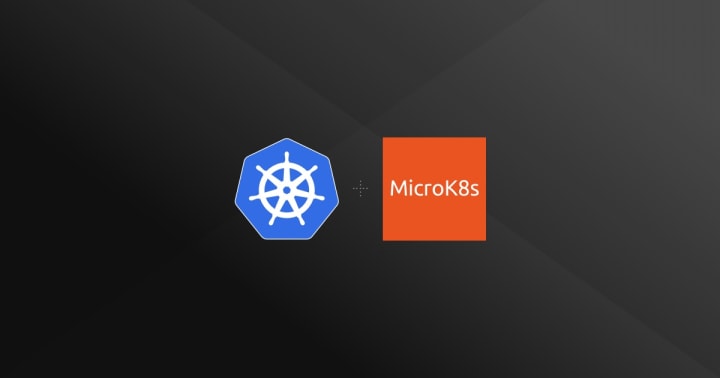Canonical Introducing HA MicroK8s



-
Introducing HA MicroK8s, the ultra-reliable, minimal Kubernetes | Ubuntu
Canonical today announced autonomous high availability (HA) clustering in MicroK8s, the lightweight Kubernetes. Already popular for IoT and developer workstations, MicroK8s now gains resilience for production workloads in cloud and server deployments.
High availability is enabled automatically once three or more nodes are clustered, and the data store migrates automatically between nodes to maintain quorum in the event of a failure. “The autonomous HA MicroK8s delivers a zero-ops experience that is perfect for distributed micro clouds and busy administrators”, says Alex Chalkias, Product Manager at Canonical.
Designed as a minimal conformant Kubernetes, MicroK8s installs and clusters with a single command.
-
Canonical introduces high-availability Micro-Kubernetes | ZDNet
If you've been hiding under a rock -- and who could blame you these days? -- you may have missed how totally Kubernetes now dominates container orchestration. One way to quickly get up to speed on Kubernetes is with Canonical's MicroK8s. This is an easy-to-run and install mini-version of Kubernetes. And now Canonical has added autonomous high availability (HA) clustering to it.
Seriously.
-
Canonical Announces HA MicroK8s
MicroK8s, already popular for IoT and developer workstations, now gains resilience for production workloads in cloud and server deployments. Canonical has announced autonomous high availability (HA) clustering in MicroK8s, the lightweight Kubernetes.
-

- Login or register to post comments
 Printer-friendly version
Printer-friendly version- 7779 reads
 PDF version
PDF version
More in Tux Machines
- Highlights
- Front Page
- Latest Headlines
- Archive
- Recent comments
- All-Time Popular Stories
- Hot Topics
- New Members
digiKam 7.7.0 is released
After three months of active maintenance and another bug triage, the digiKam team is proud to present version 7.7.0 of its open source digital photo manager. See below the list of most important features coming with this release.
|
Dilution and Misuse of the "Linux" Brand
|
Samsung, Red Hat to Work on Linux Drivers for Future Tech
The metaverse is expected to uproot system design as we know it, and Samsung is one of many hardware vendors re-imagining data center infrastructure in preparation for a parallel 3D world.
Samsung is working on new memory technologies that provide faster bandwidth inside hardware for data to travel between CPUs, storage and other computing resources. The company also announced it was partnering with Red Hat to ensure these technologies have Linux compatibility.
|
today's howtos
|









.svg_.png)
 Content (where original) is available under CC-BY-SA, copyrighted by original author/s.
Content (where original) is available under CC-BY-SA, copyrighted by original author/s.

Lightweight Kubernetes Pushes Orchestrator to the Edge
Lightweight Kubernetes Pushes Orchestrator to the Edge